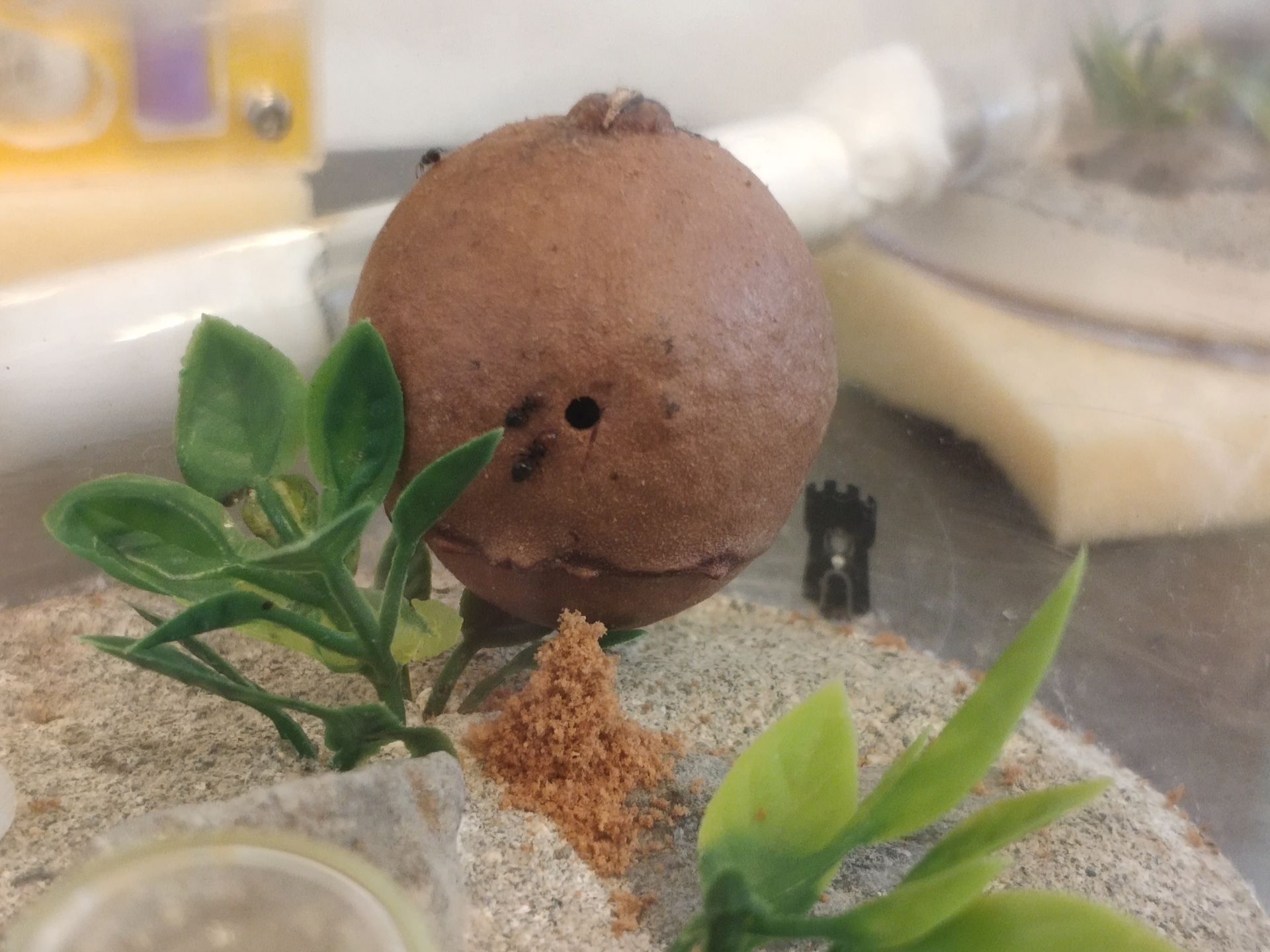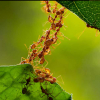- Formiculture.com
- Forums
- Gallery
- Members
- Member Map
- Chat
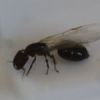
64 replies to this topic
#43
 Offline
-
Posted December 27 2020 - 9:50 PM
Offline
-
Posted December 27 2020 - 9:50 PM
This would definitely work better in a natural formicarium.
#44
 Offline
-
Posted December 28 2020 - 11:22 PM
Offline
-
Posted December 28 2020 - 11:22 PM
Sure. I wonder would they pick to nest in the soil or gall. For low humidity C. scutellaris, probably the gall.
#45
 Offline
-
Posted January 4 2021 - 4:13 AM
Offline
-
Posted January 4 2021 - 4:13 AM
Some minor digging, but no other activity with the Crematogasters. I introduced a test tube to the setup to see whether they would move into it. Perhaps a test tube is a better nest than a gall? Let's wait and see.
#46
 Offline
-
Posted February 1 2021 - 7:27 AM
Offline
-
Posted February 1 2021 - 7:27 AM
The test tube has been with the colony for a month now. They're not budging. There is always a forager around, keeping tabs on the tube, but no other interest.
Yesterday I noticed they have started digging again.
I split open one of the galls that had no ants inside, and this is what it looks like:
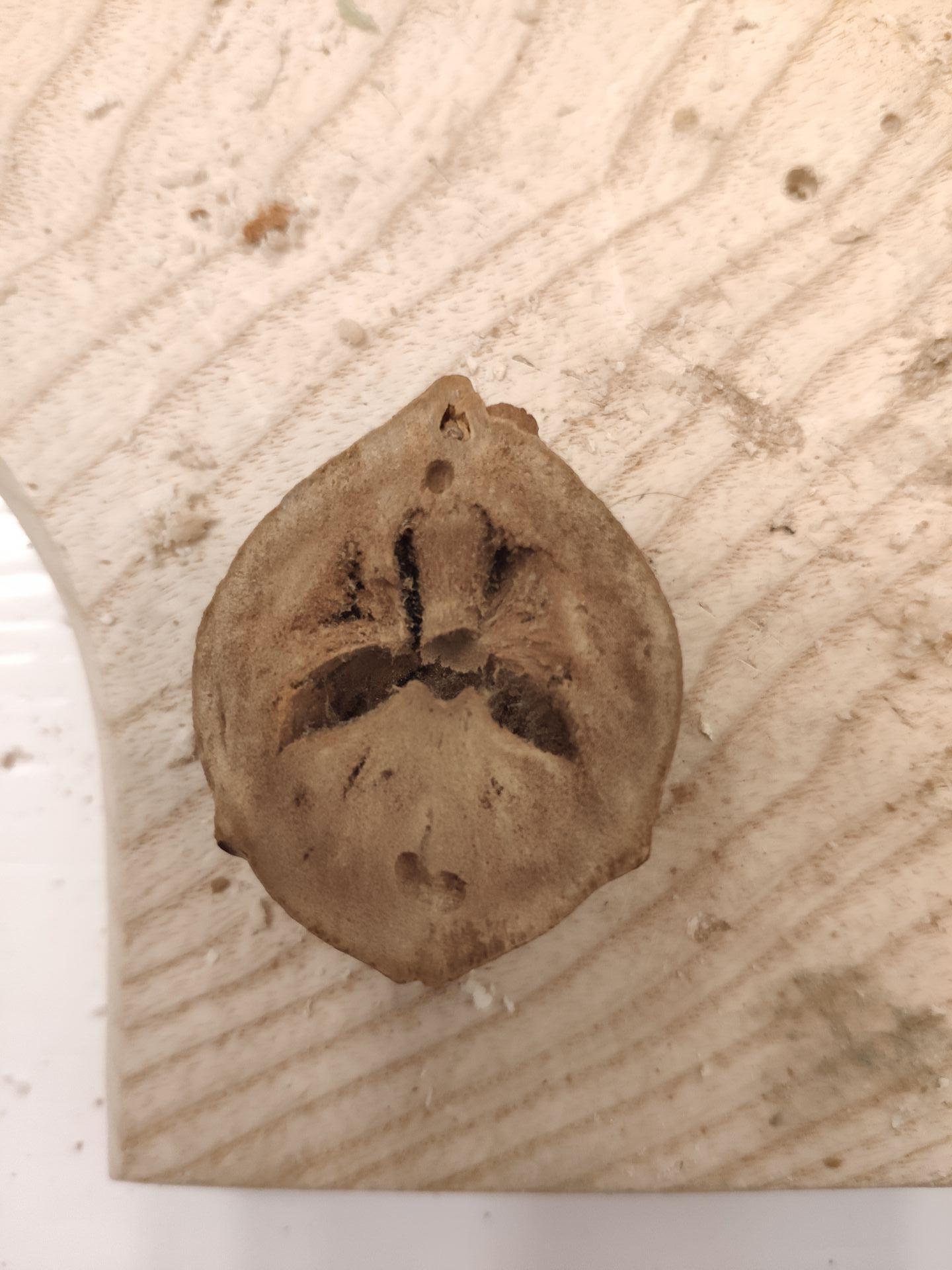
The mid section is softer, but closer to the top and bottom, the material gets almost as tough as solid wood.
If you pay attention to the photo, you can notice a slight darkening where the material gets increasingly tougher.
Edited by skocko76, February 1 2021 - 7:29 AM.
- TennesseeAnts, Chickalo and futurebird like this
#47
 Offline
-
Posted March 17 2021 - 3:08 AM
Offline
-
Posted March 17 2021 - 3:08 AM
So I finally made something really remarkable and unique for my ants!
Enter the natural gall nests!
Unique, natural, shapeable by ants, and most importantly - chosen in wild by ants.
An ideal medium for Crematogaster, Temnothorax, Colobopsis and smaller Camponotus species.
A gal is a growth on branches of oak trees, induced by gall wasp egg injection. It creates an ideal, uterus like, mold free medium for larval development of Hymenoptera species.
- Each nest is handmade and uniquely shaped by nature. No two are the same. The ants will add to the uniqueness by burrowing and making the galleries fit them perfectly.
- Each gall was collected in remote mountains of the Mediterranean, without pollution and pesticides, several hours hike from nearest roads.
- Can be disassembled for cleaning. The two 1mm thick acrylic sheets are attached by small, gentle neodymium magnets. They don't snap violently and won't stress the ants if any maintenance is needed during use.
- The gall can be used fully assembled, or as two separate smaller nests with visible galleries. A half can be used for a small colony and be expanded by the other half as the colony grows. Suitable for use as a founding chamber nest too.
- Halves can be suspended by magnets to outworld walls to provide clear view into the chambers.
- It is ideal for low humidity species, but can be misted from the outside without molding - just as in the elements of the wilderness.
I'm very excited about these!
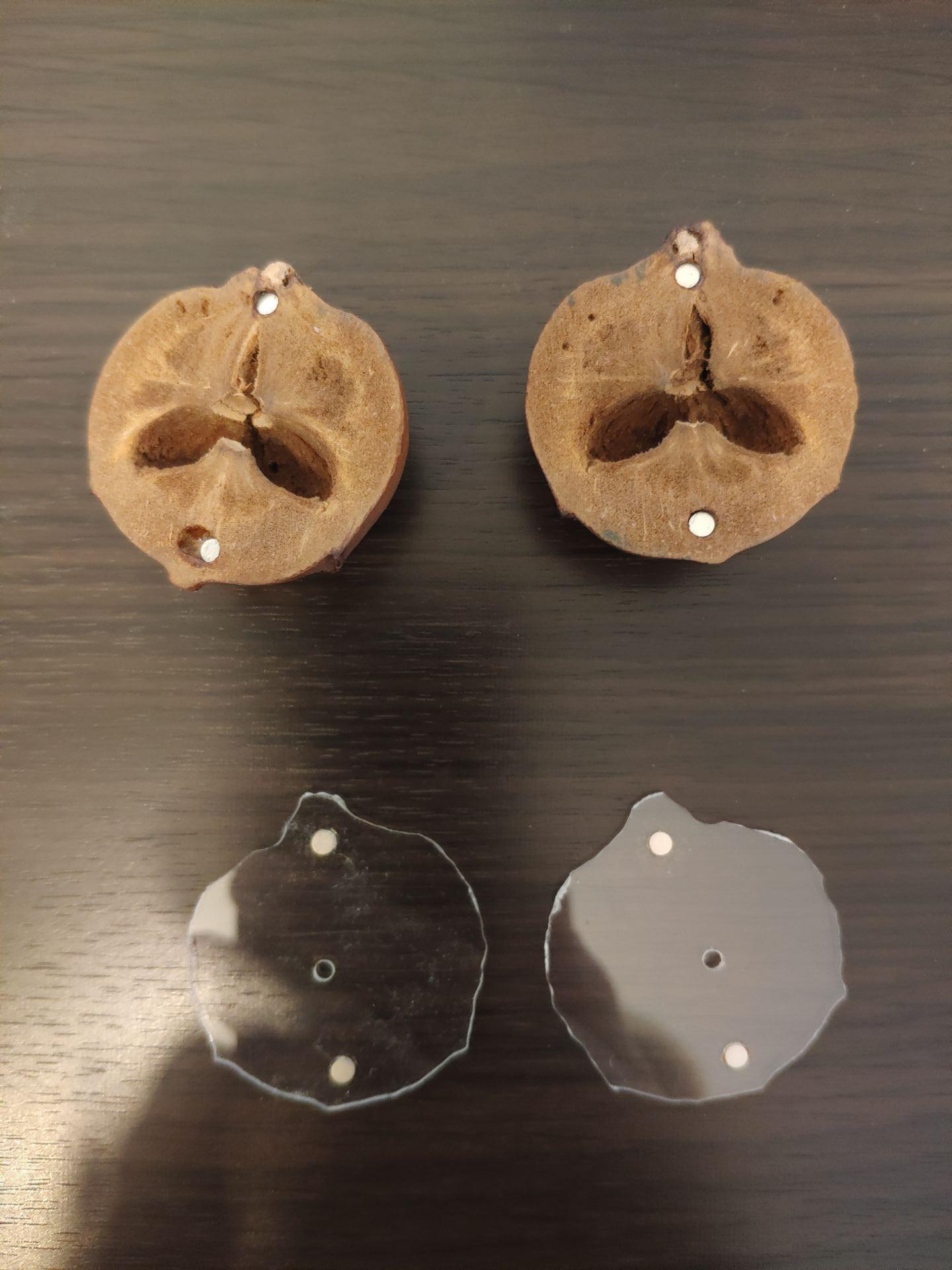
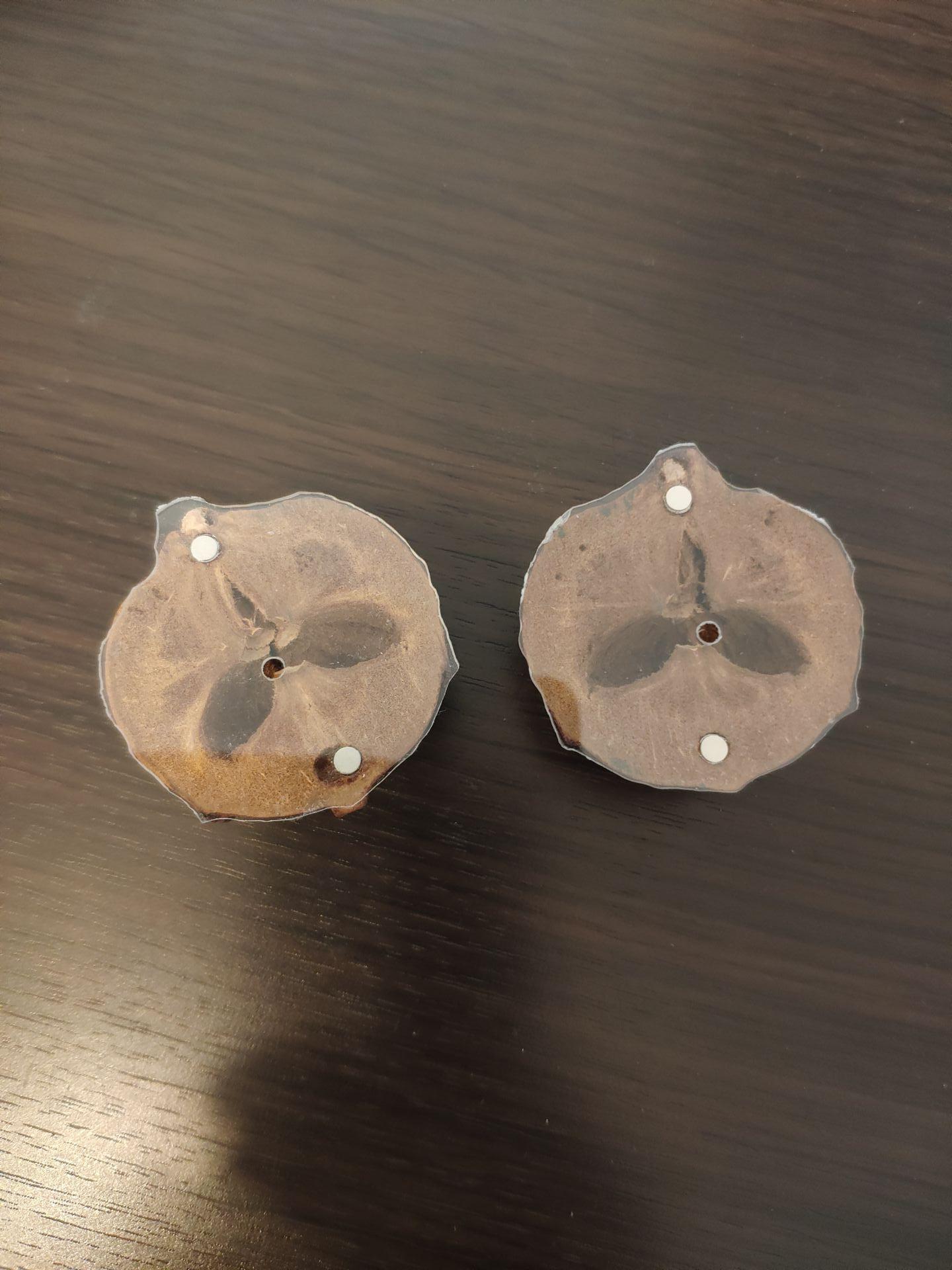
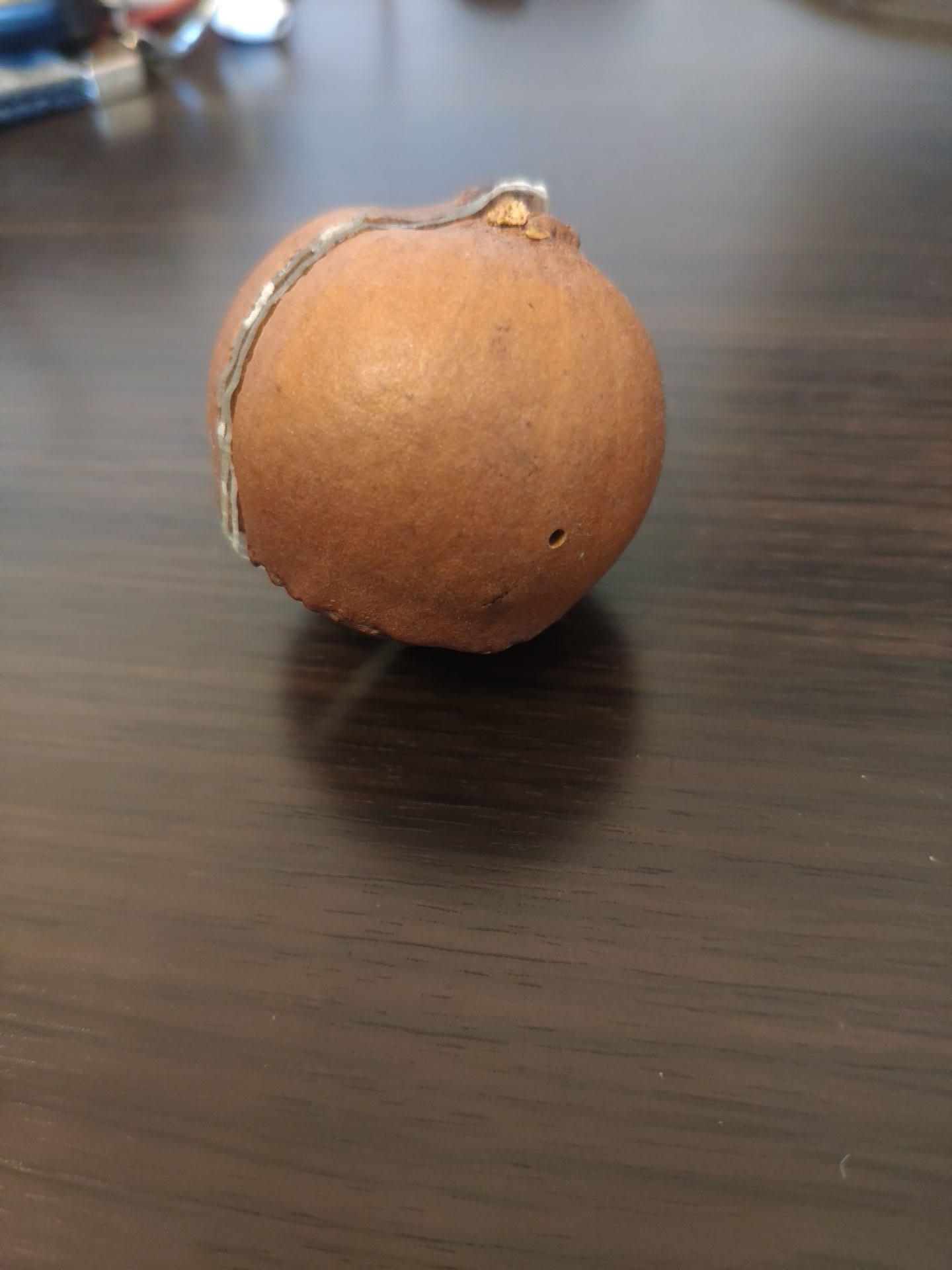
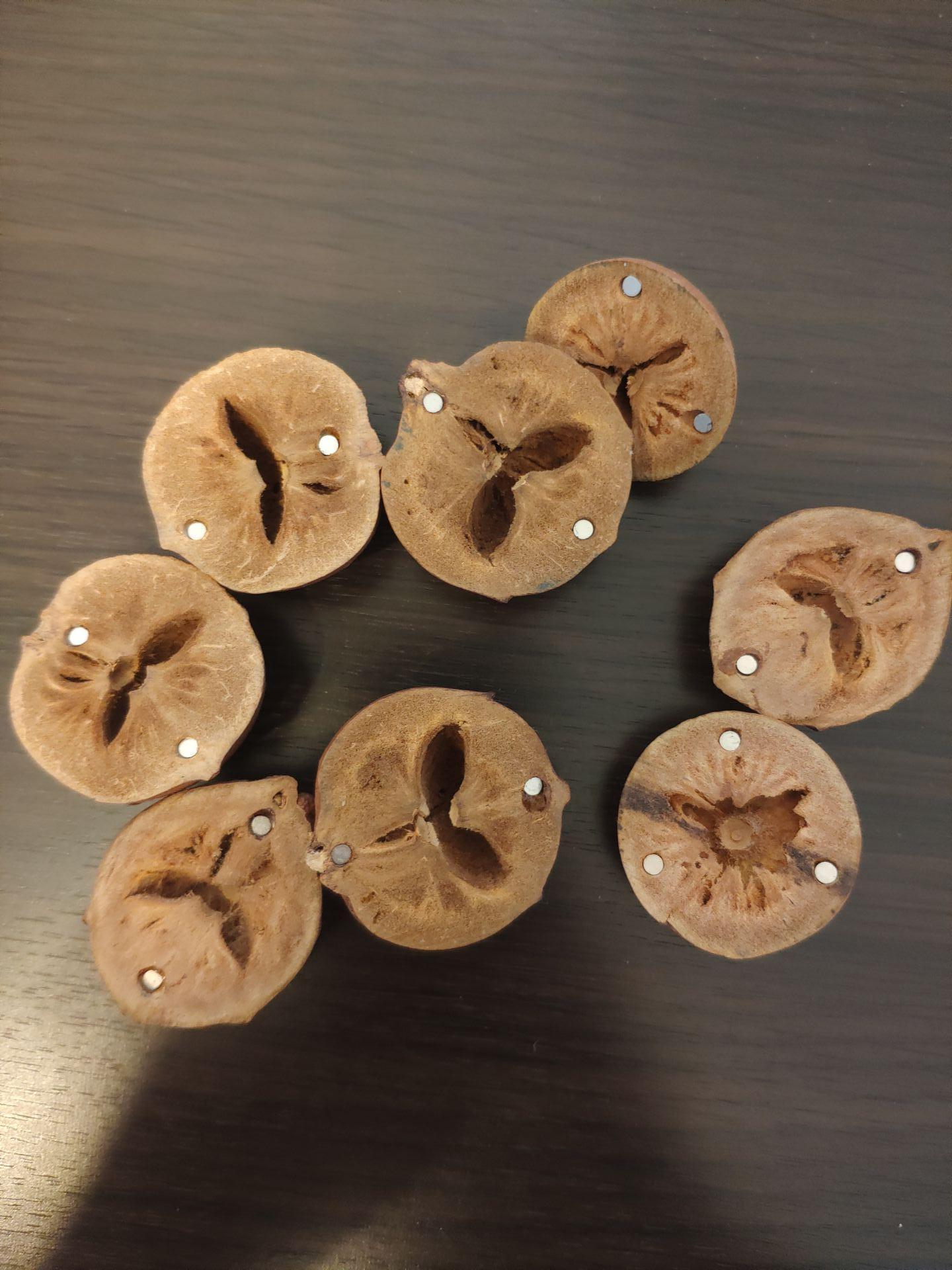
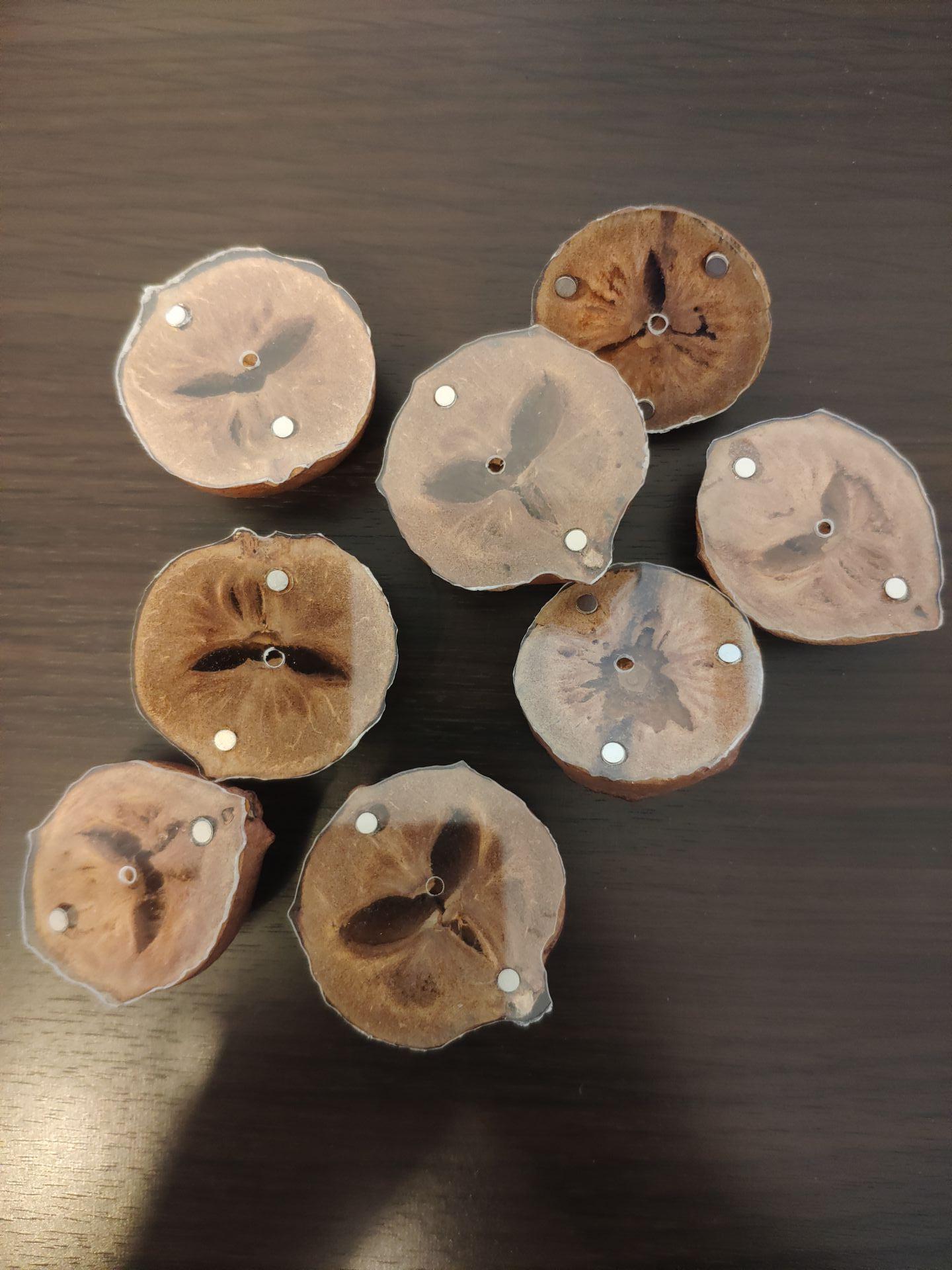
- TennesseeAnts, ANTdrew, Antkeeper01 and 2 others like this
#48
 Offline
-
Posted March 17 2021 - 7:56 AM
Offline
-
Posted March 17 2021 - 7:56 AM
Really unique!
- Antkeeper01 likes this
#49
 Offline
-
Posted March 17 2021 - 9:32 AM
Offline
-
Posted March 17 2021 - 9:32 AM
I remember seeing something similar on the bushes at my old house, I might try this if I find something relatively close to it!
- Antkeeper01 likes this
シグナチャーです。예.
#50
 Offline
-
Posted March 17 2021 - 9:35 AM
Offline
-
Posted March 17 2021 - 9:35 AM
The die is cast.
I drilled small holes in the side of a couple of galls, and offered them my C. scutellaris colony of 80 workers.
My hope is that they will dig galleries in them, and then be sawn in half later to admire the natural shape and arrangement of tunnels and rooms.
My guess is that they won't move in with the queen, as they have proven to be very stubborn at deciding to relocate.
I read that oak galls were/are used as traditional medicine for a range of infections, mostly in mouth cavity and post birth. They are also used as a source of tannin.
Looks like oaks secrete tannin into galls to fend off hymenoptera and monoptera.... weird considering the galls are wasp induced. Be that as it may, ants use them as nests in the wild, so I guess it does not bother them. The good side of tannin is that it kills bacteria, and hopefully moulds, so it could work towards this being a perfect nest medium.
Time will tell. I did my part, the rest is relying on the whim of my colony.
what a neat idea. I love it!! Please kee up us updated.
- Antkeeper01 likes this
“If an ant carries an object a hundred times its weight, you can carry burdens many times your size.” ― Matshona Dhliwayo
My Journals:
#51
 Offline
-
Posted March 24 2021 - 8:59 AM
Offline
-
Posted March 24 2021 - 8:59 AM
Oops I did it! I evicted the colony from the gall and sawn it in half (not necessarily in that order ![]() ).
).
The colony is in process of relocating into a gall fitted with acrylic windows.
The inside of the gall is amazing! It is so smooth, clean and well polished! It really looks very sanitary and almost a man made wood product.
The photo below shows a half processed by ants and the other half from an unoccupied gall.
I wonder would a larger colony expand the main chamber or create new ones connected by tunnels? Time will tell. This time I have means of peeking inside without disturbing the colony.
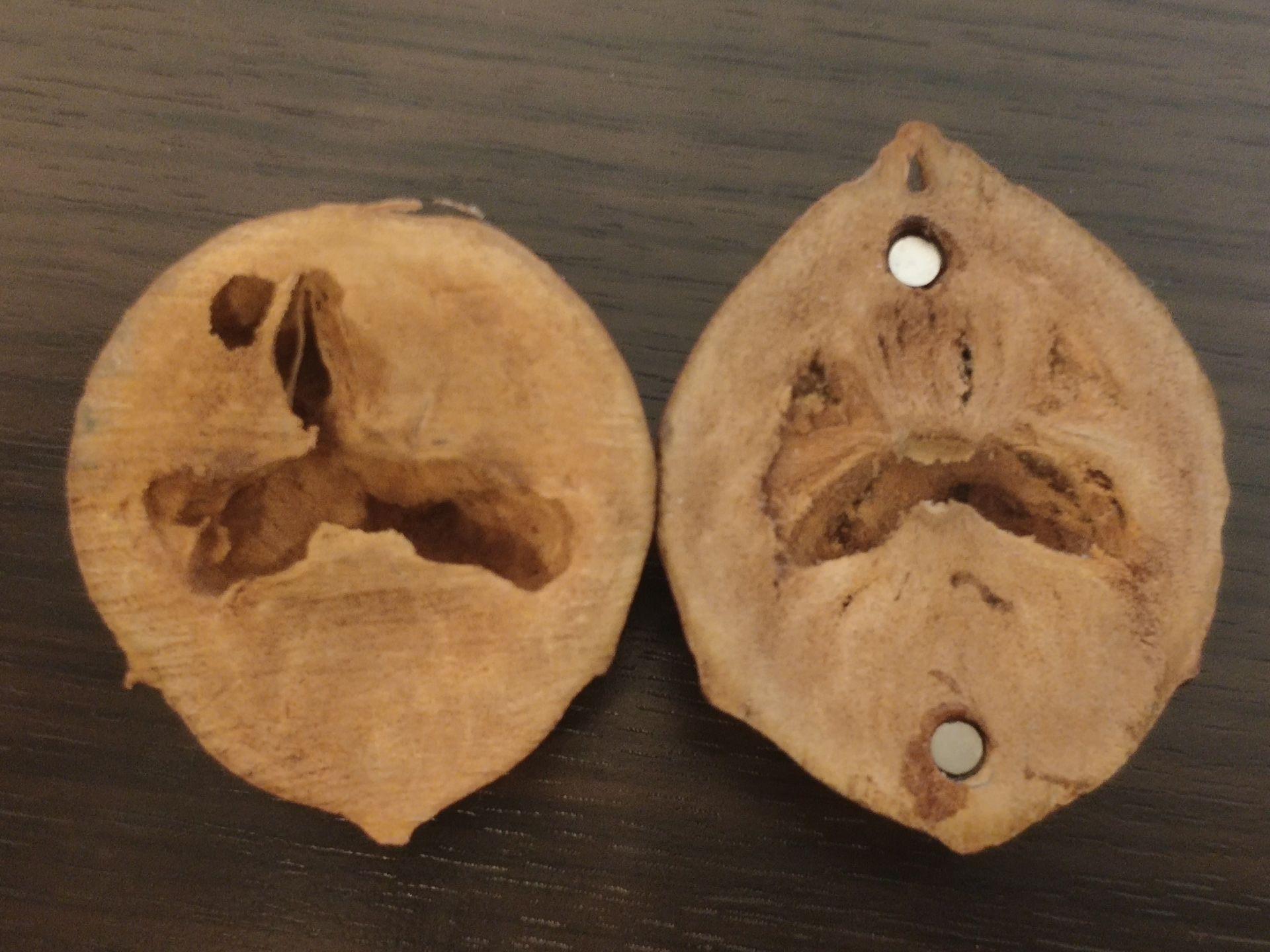
Edited by skocko76, March 24 2021 - 9:03 AM.
- TennesseeAnts and futurebird like this
#52
 Offline
-
Posted March 24 2021 - 10:12 AM
Offline
-
Posted March 24 2021 - 10:12 AM
Are you planning on selling these?
#53
 Offline
-
Posted March 24 2021 - 11:06 AM
Offline
-
Posted March 24 2021 - 11:06 AM
Are you planning on selling these?
Due to each gall having a different shape, it is not possible to produce them at scale that would bring the price down to levels of other types of nests.
They are natural and unique, sure, but since they are handmade from scratch, they will never be as precisely cut or assembled as the types that can be auto-produced by cnc, 3d printing or casting in a mould.
Then again, these are pretty exclusive ![]()
If there are people who are really into them, I can be persuaded to make some for them. Or sell off some of those I already made.
#54
 Offline
-
Posted March 24 2021 - 11:14 AM
Offline
-
Posted March 24 2021 - 11:14 AM
I honestly believe these to be the most natural medium for a colony, as even dirt formicaria may mess up the substrate mix.
I am still experimenting with receptivity of different species. Crematogaster scutellaris are in heads over heels with them.
Other species have been documented to use them as nests: Colobopsis truncata and various species of Temnothorax (which I don't have to test).
I am experimenting with Camponotus lateralis at the moment, being a smaller species of Camponotus, and the initial results are promising.
The colony I have is still very small (12 workers) and shy, so they rarely leave their tube. A single forager leaves the tube for a couple of minutes each day, has her fill, and then shares with the rest via trophallaxis. She did show interest when inspecting the gall, but they haven't burrowed, nor shown signs of moving into it yet.
I'll keep you posted ![]()
Edited by skocko76, March 24 2021 - 11:16 AM.
- ANTdrew likes this
#55
 Offline
-
Posted April 15 2021 - 7:06 AM
Offline
-
Posted April 15 2021 - 7:06 AM
My C. scutellaris colony has moved into a new gall. Actually, into a half, that I suspended by magnets against a wall of the outworld.
They just started excavating the galleries.
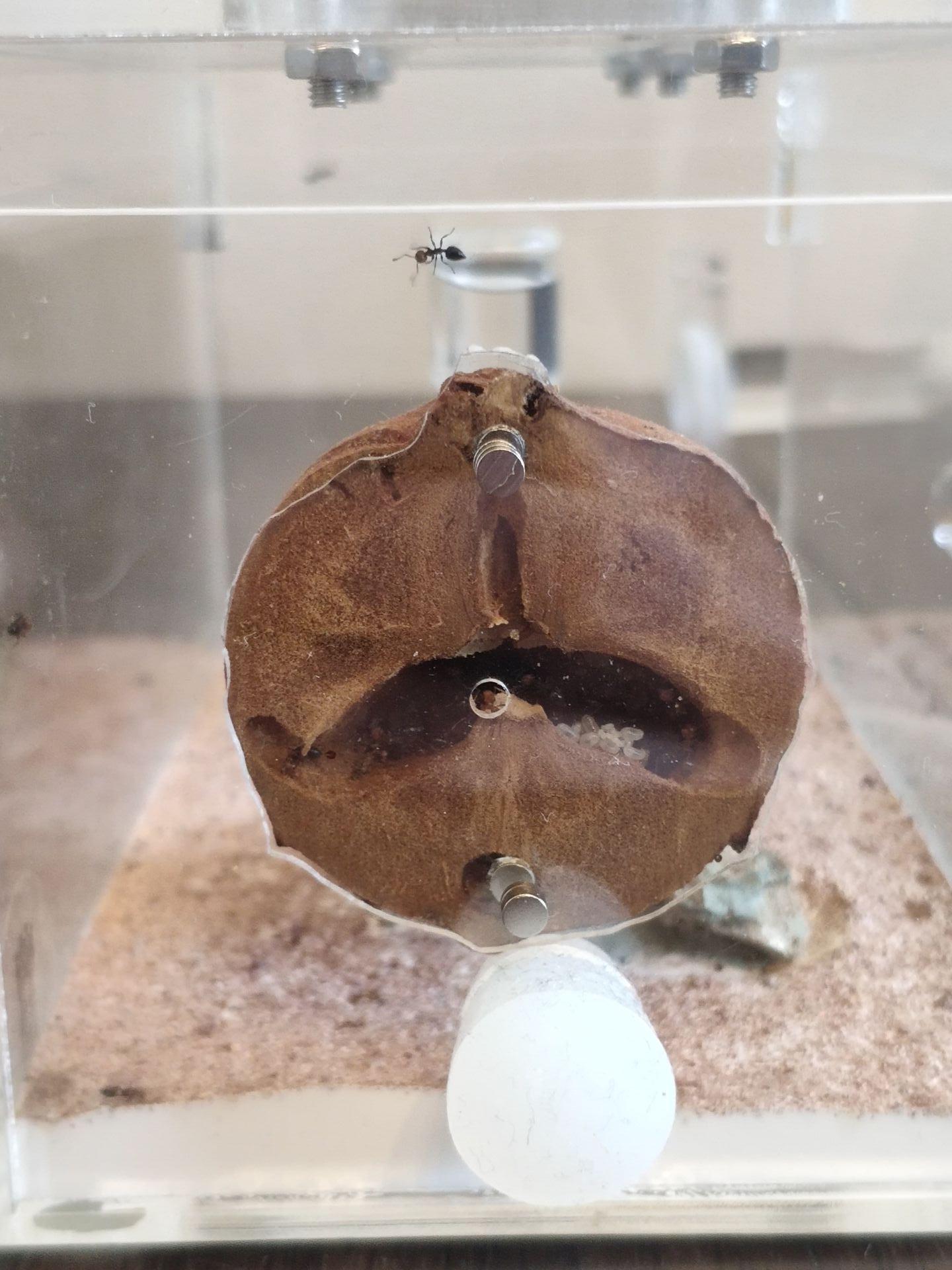
I wonder if the fact that the gall is already split, and fitted with a window, will undermine the beauty of the galleries.
If so, I'll consider populating a gall first, and splitting it later. My experiment has proven the splitting can be done without casualties.
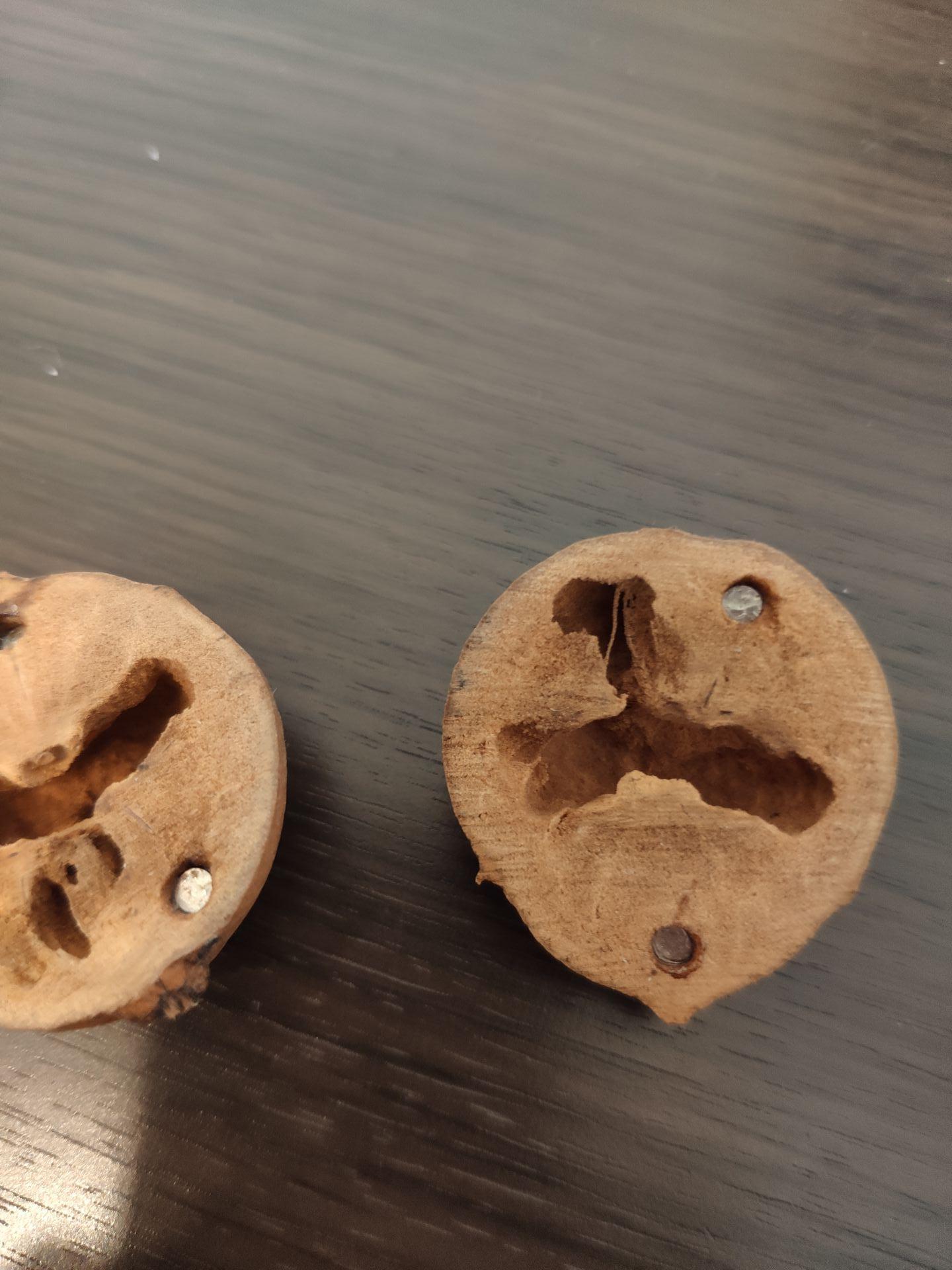
Edited by skocko76, April 15 2021 - 7:11 AM.
- TennesseeAnts, ANTdrew, Antkeeper01 and 4 others like this
#56
 Offline
-
Posted April 15 2021 - 7:35 AM
Offline
-
Posted April 15 2021 - 7:35 AM
They're already quite beautiful.
- skocko76 and Antkeeper01 like this
"The ants are a people not strong, yet they prepare their meat in the summer." Prov. 30:25
Keep ordinary ants in extraordinary ways.
Keep ordinary ants in extraordinary ways.
#57
 Offline
-
Posted April 15 2021 - 12:45 PM
Offline
-
Posted April 15 2021 - 12:45 PM
So cool! I just found a big jar of oak galls i collected a few years ago and you've inspired me to give it a try. I've steamed mine as I'm paranoid about mites, even though any in there would likely be well dead by now.
- skocko76 and Antkeeper01 like this
#58
 Offline
-
Posted April 18 2021 - 6:16 PM
Offline
-
Posted April 18 2021 - 6:16 PM
I love these so much ... I've said it before... but I had to say it again
- skocko76 and Antkeeper01 like this
#59
 Offline
-
Posted May 6 2021 - 5:06 AM
Offline
-
Posted May 6 2021 - 5:06 AM
I wrote before about this concern - the acrylic splitting the gall in half, which would separate the gall into two isolated halves.
This means that any excavated tunnels would not "connect" between the halves. Not that important, but still, it gave me great satisfaction to observe the symmetry and tunnel cross-sections in the gall I split after the ants have excavated it.
I think I actually found a solution for that, and the natural look!
The two halves can be put together without sandwiching the acrylic sheets in between, using the same magnetic setup.
After a couple of months, after the ants stop throwing out the material, the gall can be fitted with windows.
Kind of a "duh!" moment, but still, I am glad there are many options and workarounds with this design ![]()
- ANTdrew and Antkeeper01 like this
#60
 Offline
-
Posted August 16 2021 - 1:34 AM
Offline
-
Posted August 16 2021 - 1:34 AM
Here's the update on the galls!
My C. scutellaris colony is triving in them. Mind you, C. scutellaris are known for the ability to live in completely dry nests, provided they have access to water in the outworld.
I will soon be trying them out with some smaller Camponotus. Should work, as Colobopsis are known to nest in them, and the two are arguably the same species.
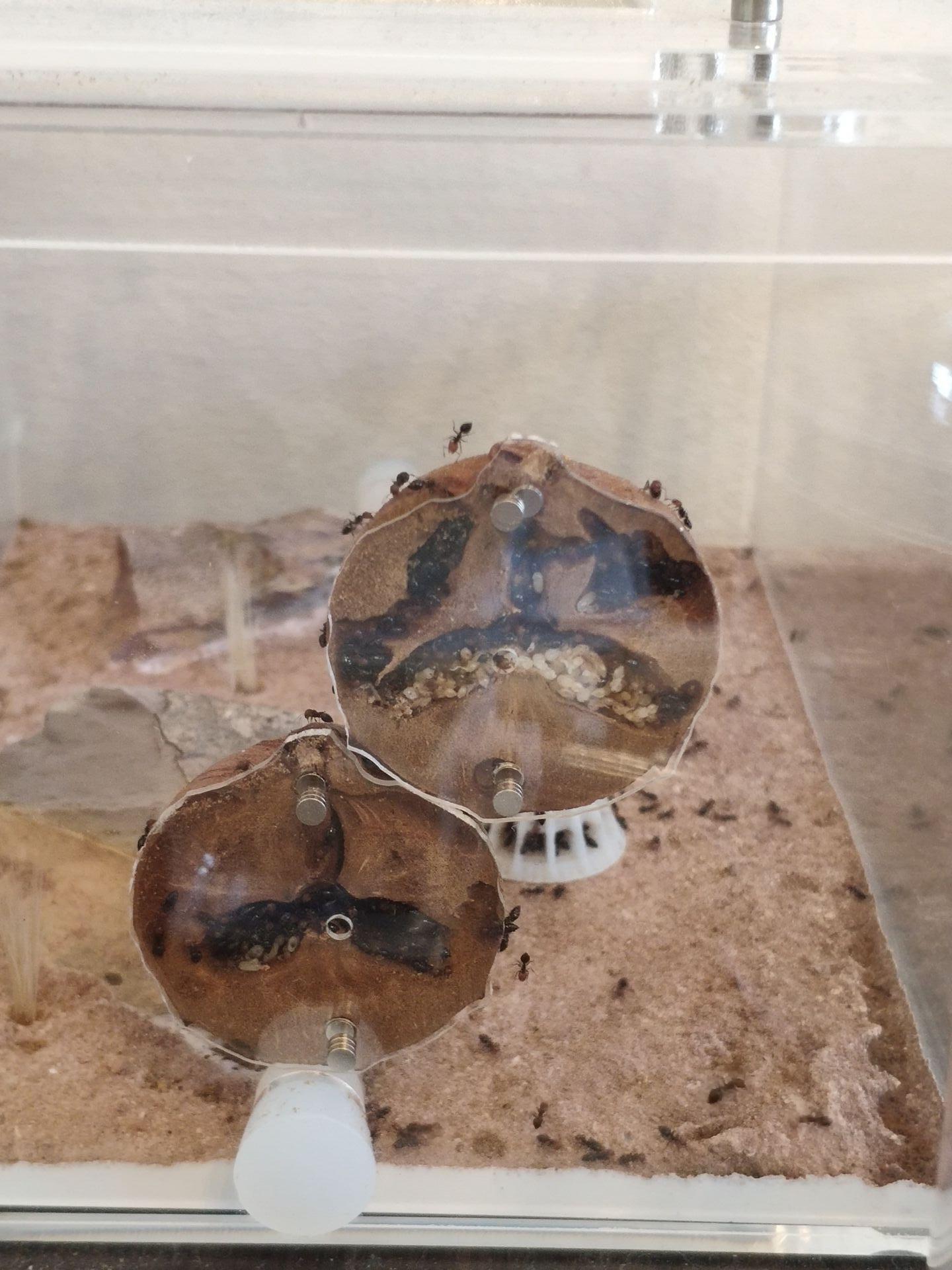
- ANTdrew, Antkeeper01, Chickalo and 4 others like this
Also tagged with one or more of these keywords: formicaria, oak gall, natural material
Ant Keeping →
General Ant Keeping →
Formicarium DesignsStarted by antperson24 , Jul 7 2023 |
|
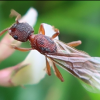
|
||
Ant Keeping →
General Ant Keeping →
Formicaria/Anting Supplies SurveyStarted by Chickalo , Jan 2 2023 |
|

|
||
Ant Keeping →
General Ant Keeping →
AliBaba [sic] and formicaria: a beneficial match?Started by mantisgal , Aug 9 2021 |
|
![AliBaba [sic] and formicaria: a beneficial match? - last post by mantisgal](https://www.formiculture.com/uploads/profile/photo-5998.jpg?_r=1618102749)
|
||
Ant Keeping →
General Ant Keeping →
founding chamberStarted by peter , May 29 2021 |
|

|
||
Ant Keeping →
Ant Keeping Journals →
MG's P. imparis, a possibly Tragic Tale (but maybe not!)Started by mantisgal , Apr 11 2021 |
|

|
0 user(s) are reading this topic
0 members, 0 guests, 0 anonymous users




